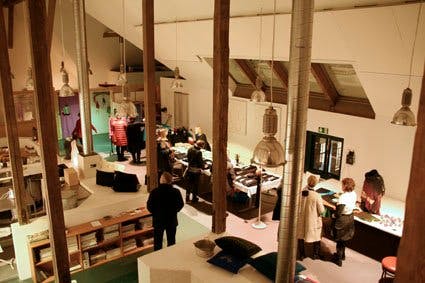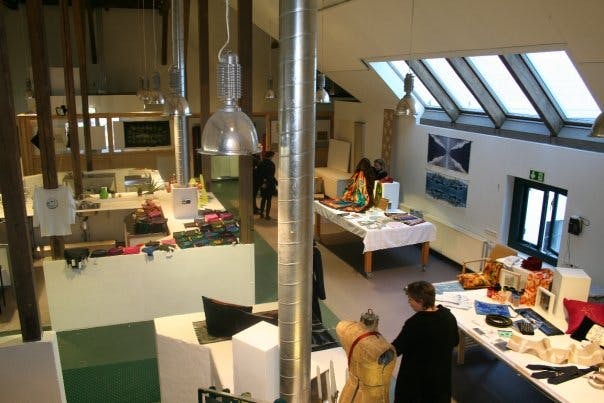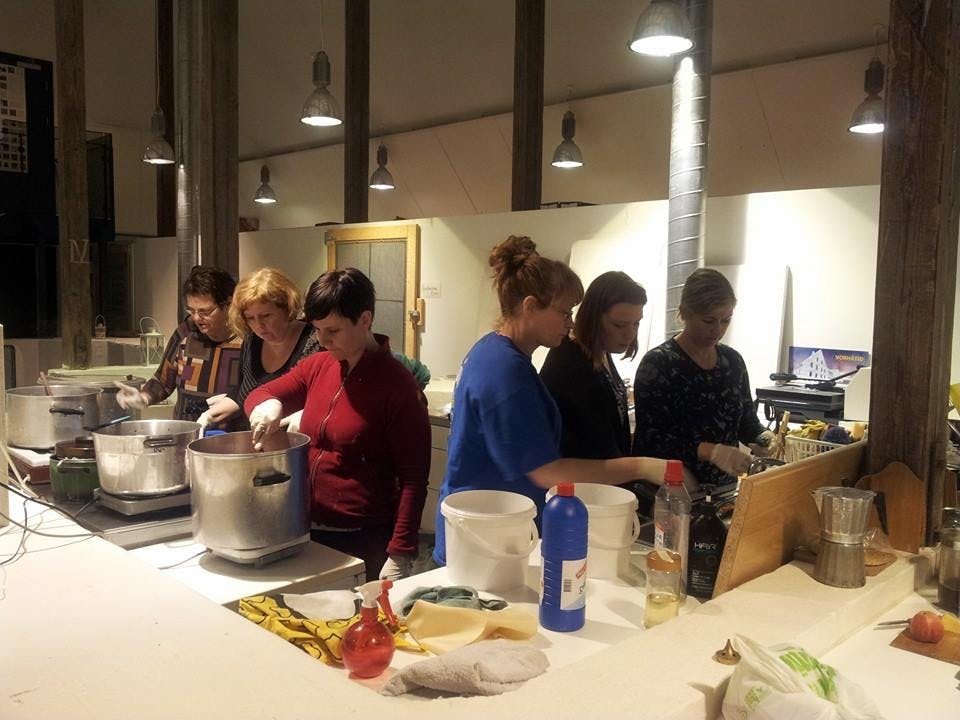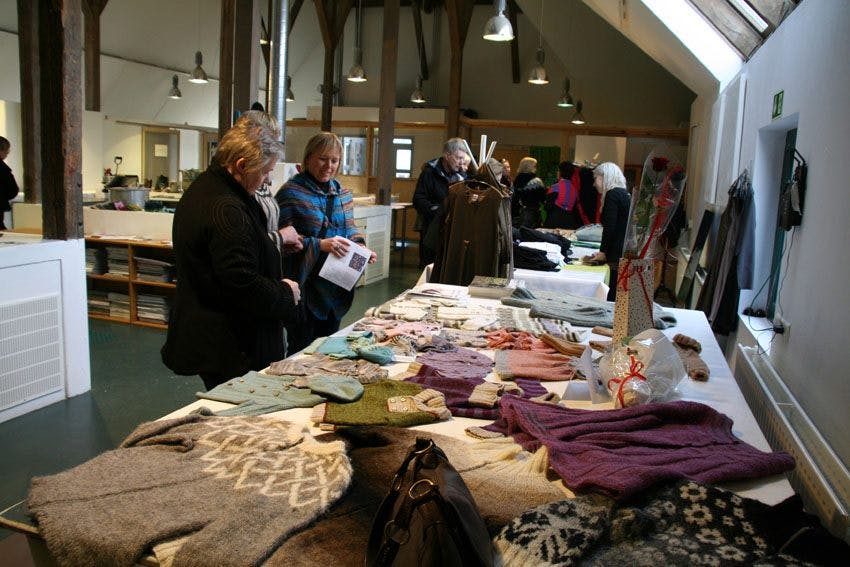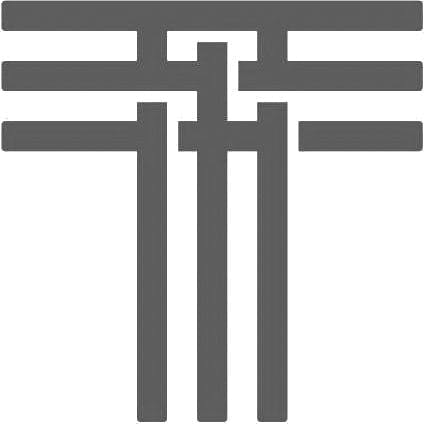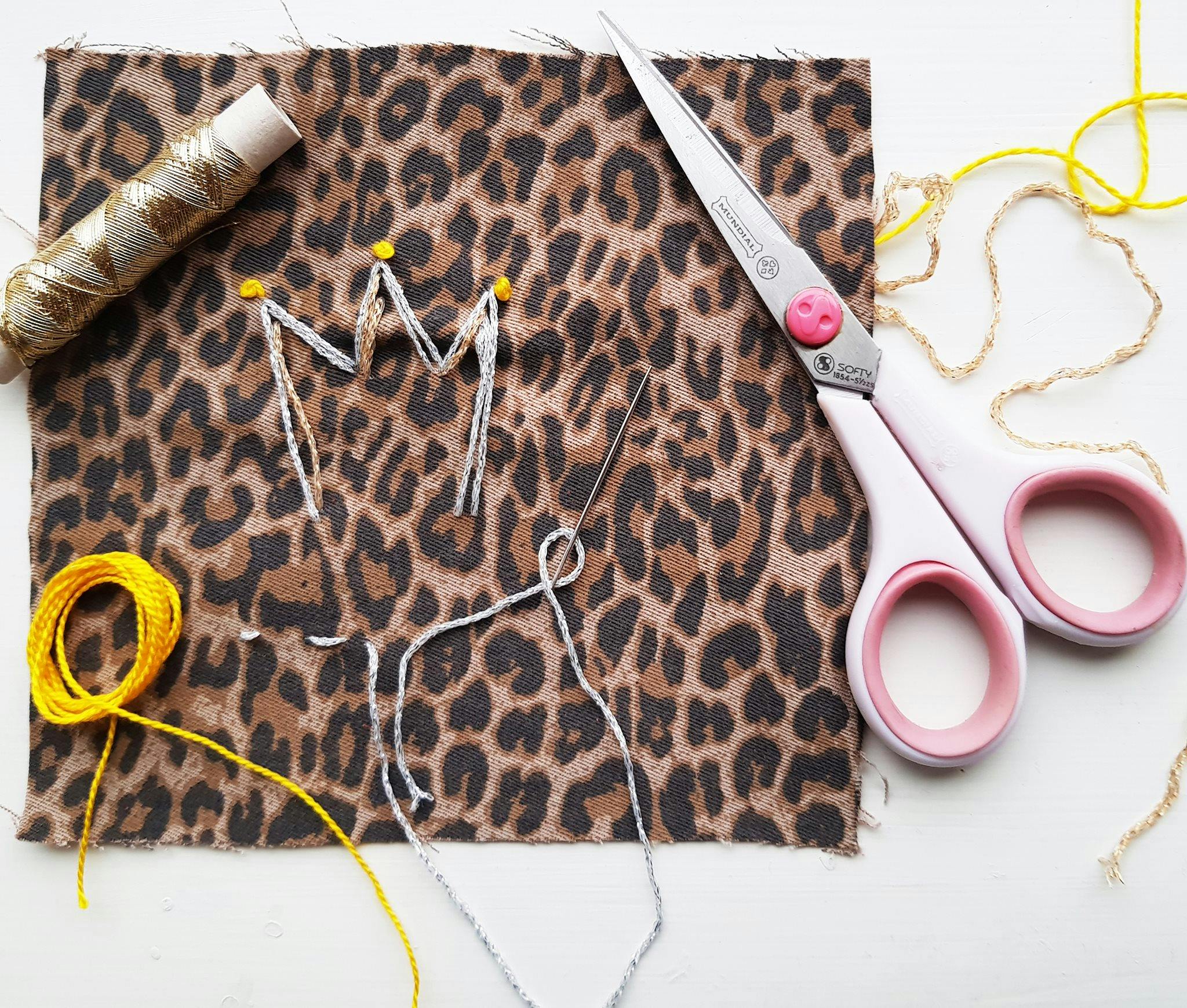
The roots of textile art are deeply ingrown into Icelandic culture. Throughout the ages Icelandic people have worked with thread and raiment. (voð?) but times have changed since it was absolutely vital to know how to work with making the thread for weaving and knitting. The craft has stuck with the nation and today it is mainly women that create art work based on the textile tradition. They are still making thread, using it for knitting, stitching and weaving. Back in the days it was the bare necessity that taught the women how to spin the thread but in the present day the need for knowledge, curiosity and creativity around the materials is the main driving force.
In November 1974 the Icelandic Textiles Association was formed from students and teacher of the The Icelandic College of Art and Crafts alongside established textile artists. In 1970 a department of textiles had been created at the the college by its principal, Hörður Ágústsson. There were a few graduates from the department every year and it soon became clear that it was in everyones benefit to form an association. One of the main goals of the association has always been to be strive to protect the interests of its members and to introduce their art to the public both in Iceland and abroad.
That same year, 1970 the Nordic Textile Triennale became a reality and it opened its first exhibition in the Nordic countries. The Textile Association was a member of this cooperation and took part in establishing this big Nordic project and this became very fruitful for the members of the Textile Association. However in 1989 the Nordic Art Center in Sveaborg, Finland took over the preparation of the Triennali and after that there were only 3 exhibitions, the last one in 1995.
The Textile Association has held big exhibitions every five years and other exhibitions have also been arranged and held by smaller groups within the association. Members have taken different approaches in their art work, they have spun, woven, printed, felted, knitted, used paper, made clothing, and other textiles. They have been open towards new methods from overseas that they have adapted to Icelandic circumstances and reality. This can be seen when one looks at the growth and diversity in art and design and members participating in big exhibitions world widely, winning awards and being commended for their art work overseas.
In 2005 Hrafnhildur Sigurðardóttir was awarded the Nordic Textile Awards. That was the first time an Icelandic textile artist receives an Nordic award. One year on the Visual Arts awards was granted to Hildur Bjarnadóttir which was a great honour for textile arts in Iceland. Honorary member Hólmfríður Árnadóttir was granted the Order of the Falcon on the 17th of June 2009 from the president of Iceland
In 2006 a large group of textile artists from all the Nordic countries created a larger association called NTA, Nordic Textile Art, (www.nordictextileart.net) The main goal of NTA is to make textile art more visible, create courses and also exhibitions. NTA is very active in creating exhibitions where associates are also the main event organisers.
